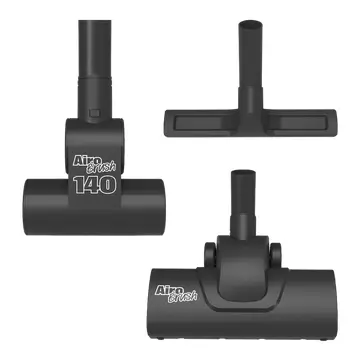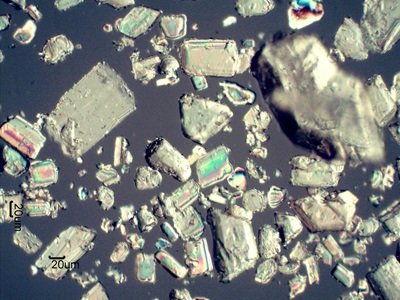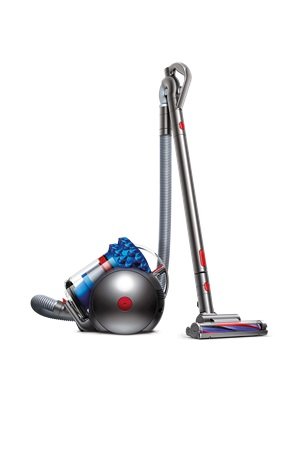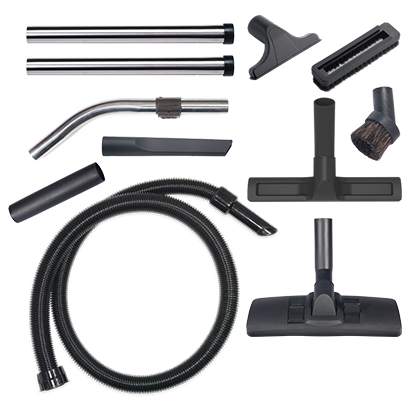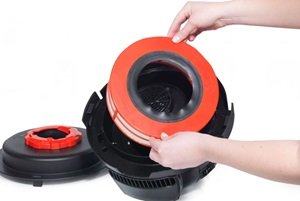Dealing with old carpet stains can be a real pain, especially when they seem impossible to get out or leave behind yucky odors. Whether it’s a pet accident, a coffee spill or dried mud tracked in from outside, these stains can make your carpet look worn and unwelcoming. And to make matters worse, many cleaning products on the market are expensive, full of harsh chemicals or don’t deliver on their promises.
The good news? Vinegar is a common household item that’s affordable, natural and super effective for removing stubborn carpet stains. Its properties, like breaking down organic matter and neutralizing odors, make it a cleaner, deodorizer and even disinfectant. In this article we’ll show you step by step how to use vinegar to remove old stains from your carpet safely and effectively. With this tried and true method you can restore your carpets without breaking the bank or harming the environment.
Once you’ve finished this article, make sure you check out whether baking-soda can be used to clean carpet.
How Does Vinegar Clean Carpet Stains?
Vinegar, or acetic acid, is an effective carpet cleaner and deodoriser that works well for removing several types of carpet stains. Vinegar is cheap, commonly found around the house and is famous for having multiple extra-culinary uses such as a window cleaner, rust cleaner and descaling.
Vinegar is composed of acetic acid, which has a pH of 2.4 (neutral being around 7), usually in a 5-8% solution. The remaining percentage is water which acts as a delivery agent and solvent for the vinegar. It is the weak acidic properties of vinegar which help to neutralise alkaline substances commonly found in stains, and make vinegar a great option for cleaning and deoderising carpets
Along with having great penetration and being able to dissolve organic material, the acidity gives it antimicrobial properties to eliminate germs and bacteria in the carpet. This makes it not only a stain remover, but a disinfectant and a deodouriser.
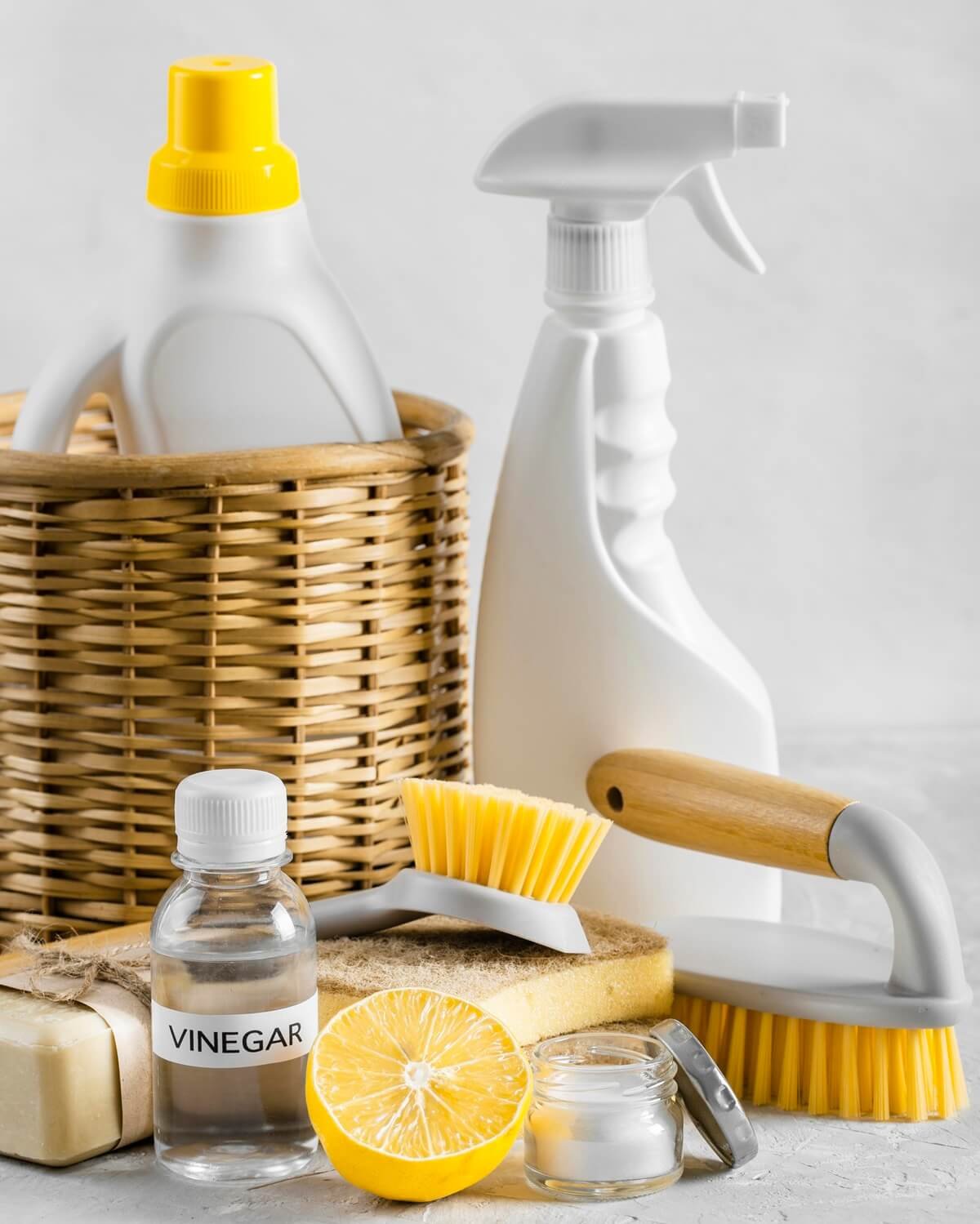
How To Use Vinegar For Cleaning Carpet Stains
Step One: Vacuum the carpet
Removing any loose dirt, debris and pet hair will enable greater penetration of the vinegar solution and make it more pleasant to blot up later.
Step Two: Dilute the Vinegar
Mix equal parts water and white vinegar in a spray bottle. If you don’t like the vinegar smell afterwards, or for an extra pleasant smell, you can always add a couple of drops of essential oils into the bottle.
Step Three: Spot Test
Always test a small, inconspicuous area to make sure the vinegar doesn’t discolour the carpet (it shouldn’t). This can be in a corner, behind a door or furniture. Spray the vinegar solution on the carpet, wait 10-15 minutes, and if there is no discolouration of the carpet, you are fine to proceed.
Step Four: Application
Spray the solution on the stain and let it sit for 10-15 minutes. You want to apply the perfect amount – not too much and not too little. Too little will reduce the effectiveness and too much will result in a damp carpet which can predispose to mould or mildew.
Step Five: Blot Dry
After 10-15 minutes, the vinegar would have had enough time to break down the stain and will be ready to remove. Simply blot dry with a clean towel or cloth
Step Six: Rinse
Dab and blot the area afterwards with a wet cloth or towel to remove any residual vinegar.
How Vinegar Works on Different Types of Stains
Vinegar and Pet Stains
- Stain Type – Organic Protein often with an alkaline pH
Pet urine and stools are essentially basic/alkaline. The acetic acid in vinegar neutralises these bases and denatures the proteins, making them less sticky to the carpet fibres and easier to blot away. By reacting with and neutralising odour-causing compounds (like ammonia in urine), vinegar is effective at reducing pet and urine smells.
Vinegar and Coffee, Tea and Wine Stains
- Stain Type – Tannin-based pigment with an acidic or neutral pH
Coffee, tea and wine contain tannins which are a naturally occurring pigment, and can bind strongly to carpet fibres to cause a stain. Vinegar’s acidity weakens these bonds and helps dissolve the pigment and sugar residues.
Vinegar and Grease and Oil Stains
- Stain Type – Lipid based and hydrophobic
Vinegar is not well suited to breaking down grease and fat – a detergent is a lot more suitable for this. Given fats repel water and vinegar is 90-95% water, they actually repel each other and there isn’t much penetration into the carpet fibres.
There may be a mild disruption of the lipid structure so can almost be thought of as a pre-treatment or can even be combined with a detergent such as dish soap.
Vinegar and Dirt and Mud Stains
- Stain Type – Mineral and organic based
Vinegar breaks down salts and minerals in the dirt, helping loosen and lift particles, as well as rehydrating dried mud to make it easier to extract from the carpet fibres.
Vinegar and Ink and Marker Stains
- Stain Type – Pigments and water-based
Vinegar’s acidity dissolves water soluble pigments found in ink and markers, and weakens the bond between the pigments and carpet fibres, making them easier to remove.
Vinegar and Protein-Based Stains (Milk, Blood and Eggs)
- Stain Type – Organic and Protein
The acidity in vinegar breaks the protein bonds to make them easier to remove.
Vinegar With Mould and Mildew
- Stain Type – Organic growth
Vinegar breaks down organic residues left by mold and mildew, and disrupts the cellular membrane of mould and mildew spores, effectively removing them and preventing them from spreading.

Can Vinegar Damage Carpet?
Vinegar has the potential to cause damage to some carpet types, namely natural or wool carpets. The acidic nature of vinegar, especially if not diluted enough, can cause colour fading, deterioration of the fibre and changes to the texture. If you have a synthetic carpet, then you are unlikely to have problems, but it is probably best to check what type of carpet you have, before using vinegar to clean your carpet.
What Kind of Vinegar Can You Use On Carpet?
There are only 2 kinds of vinegar that you can use to clean carpet, these being White Vinegar (which is preferable) and Apple Cider Vinegar. These are the only vinegars which aren’t pigmented and won’t contribute to the problem or add to the stain. At a push rice vinegar will be safe, but stay away from balsamic vinegar, red wine vinegar and malt vinegar.
Can I Use Cleaning Vinegar To Clean Carpets?
Cleaning vinegar is a specialised type of vinegar designed for household cleaning. While white vinegar generally has an acetic acid content of about 5-7%, cleaning vinegar can contain around 6-9% or more, making it more effective for tougher cleaning jobs.
Due to its higher acid concentration it is especially effective for tough and stubborn stains in carpet, neutralising odours and to a degree disinfecting areas of carpet.
Provided the same steps are taken for household vinegar in terms of dilution, testing on an inconspicuous area first, and rinsing/blotting afterwards, along with avoiding natural wool fibres, there should be no issues using cleaning vinegar to clean carpets.
Just be aware that cleaning vinegar is not suitable for consumption and you also want to avoid getting it on stone or wooden surfaces. Overall cleaning vinegar is eco-friendly and non-toxic, and is one of the most cost effective cleaning agents available, giving it an advantage over many commercial cleaning products.
Can You Use Vinegar to Shampoo Carpets?
Traditionally vinegar has been used for the spot treatment of stains and odoriferous areas in the carpet. However it is possible to use vinegar as a carpet cleaning solution/shampoo provided it is used correctly to avoid potential damage.
How To Use Vinegar For Carpet Shampooing
Dilute the vinegar: Mix a solution of one part vinegar to 3 parts water. This is a slightly weaker solution than used for spot cleaning, and ensures the acidity is mild enough to freshen and deodorise the carpet without causing damage.
Add to a carpet cleaner: Follow the manufacturer’s instructions to pour the diluted solution into the carpet cleaner’s water tanks. Spot test a small area by using the machine, leaving 15 minutes, rinsing and drying to check for colour fastness.
Shampoo the carpet: Run the machine as usual, allowing the vinegar solution to penetrate the carpet fibers and break down stains, odors, and dirt.
Rinse Thoroughly: Follow up with a plain water rinse to remove any residual vinegar and prevent a lingering vinegar smell.
When used broadly over a large area in the house, there may be a lingering vinegar smell if not diluted enough, an area of the carpet is oversaturated, or by not rinsing and drying enough . Although this will eventually fade with time, if the above guidelines are followed, your carpets will smell and feel so much fresher.
What Essential Oils Work Best With Vinegar For Carpet Cleaning?
Several essential oils work well with vinegar for carpet cleaning, improving the fragrance to cut through that harsh vinegar smell, and in some cases, the oils can boost the cleaning power. Here are some of the best options I would recommend:
Lemon: Known for its fresh scent, lemon oil is effective at cutting through grease and has antibacterial properties
Tea Tree: This oil is anti-fungal and deodorizing, making it excellent for tackling smelly stains and pet messes
Eucalyptus: Effective at killing dust mites that may be lurking in carpet fibers
Lavender: Offers a calming aroma and possesses antibacterial properties
Peppermint: Leaves a refreshing scent and has antiseptic qualities, making it effective against dust mites
Orange: Excellent for eliminating stubborn stains and odors with its sweet, refreshing scent.
When using these oils, typically 3-5 drops per cleaning solution is sufficient. It’s important not to go overboard with essential oils as they in themselves can become overpowering, and if too much is added, the oily residue can attract dirt
Conclusion
In summary, vinegar is a multi-purpose, budget friendly and eco friendly solution for many carpet stains. Its acetic acid composition allows it to neutralize alkaline substances, dissolve organic matter, kill germs and bacteria making it a cleaner, deodorizer and disinfectant. Whether its pet messes, coffee spills, dirt or ink stains, vinegar’s unique properties makes it a household staple for clean and fresh carpets.
However as with any cleaning solution, proper usage is key to avoiding damage to your carpet fibers or backing. By following the steps in this guide—vacuuming, spot testing and diluting the solution—you can use vinegar to clean your carpets while preserving their quality. With its proven track record and safety, vinegar is a simple and powerful way to keep your home clean and welcoming without using harsh chemicals or expensive products.
This article may contain affiliate links, meaning we may earn a commission from any purchases you make. For more information, click here.

Susie Greene
Susan Greene is a busy mother of two who has worked in the cleaning and vacuum industry for twenty years. Having used Henry hoovers for almost all that time, she's a passionate advocate of Numatic products and this is what led her to start henryhooversonline.com. While she's not seeing which Numatic model picks up dirt the best, she can be found travelling the country with her children and two dogs.


